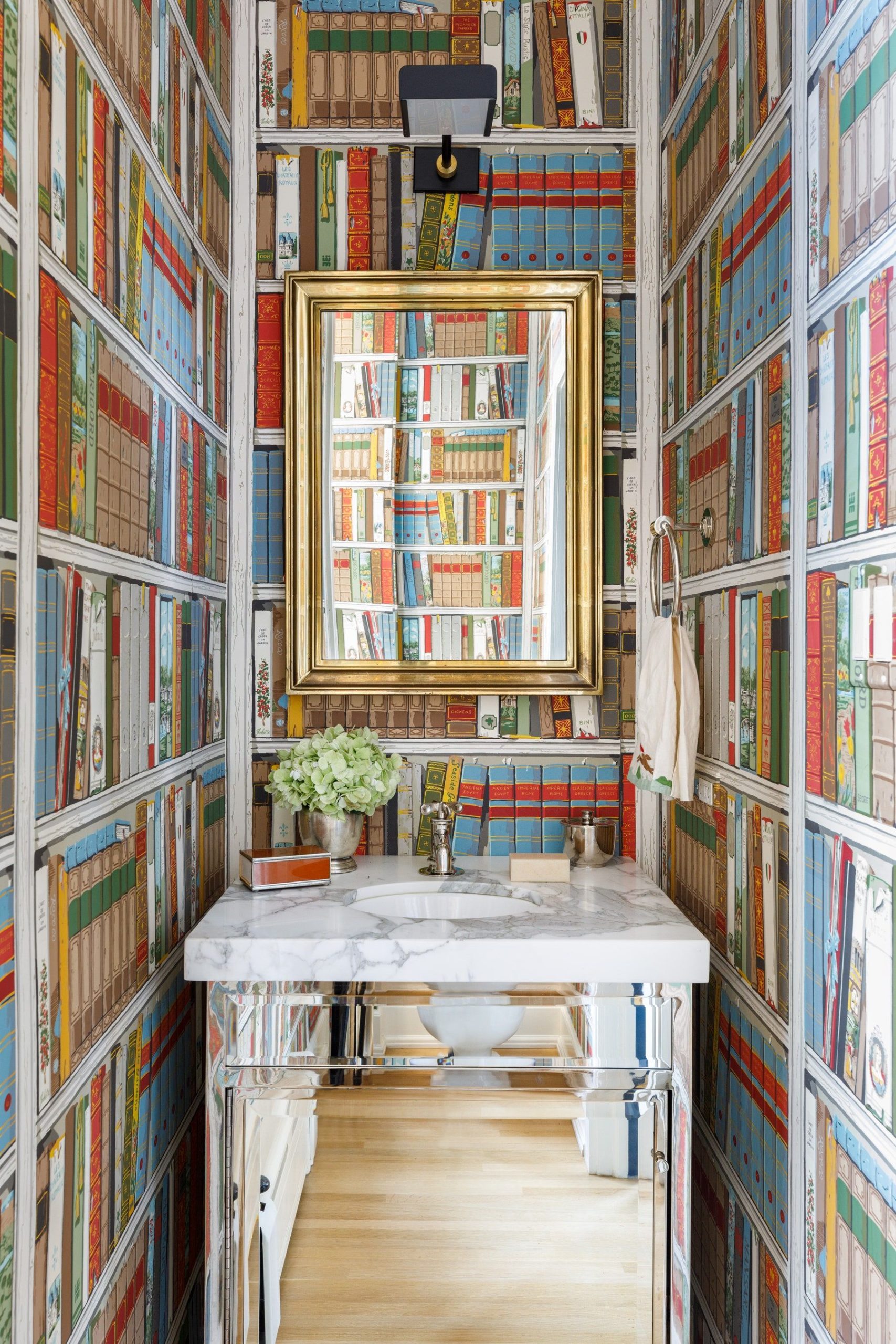Imagine a secret haven nestled in the heart of Chicago, a stylish retreat where you can escape the everyday and relax in total luxury. That’s the allure of a pied-à-terre, a glamorous city sanctuary that blends convenience and sophistication. Whether you’re a seasoned homeowner, a design enthusiast, or simply curious about this chic lifestyle, this guide will navigate you through the dynamic world of pied-à-terres in the Windy City.
Why Choose Chicago for Your Pied-à-Terre?
Chicago, with its stunning architecture, vibrant cultural scene, and diverse neighborhoods, offers a unique blend of urban excitement and Midwestern charm, making it an ideal location for a pied-à-terre.
Finding Your Perfect Neighborhood Vibe
Chicago’s neighborhoods each possess distinct personalities. Imagine yourself in the historical elegance of Gold Coast or perhaps the relaxed sophistication of Lincoln Park. Each area tells its own story; your perfect pied-à-terre should complement its surroundings.
Designing Your Urban Oasis: Chic and Functional
Chicago pied-à-terres showcase innovative design trends for city living:
- Bringing the Outdoors In: Picture balconies overflowing with vibrant flowers, rooftop gardens with cityscape views, or inviting terraces for morning coffee. These spaces blend the indoors and outdoors.
- Smart Living at Your Fingertips: Imagine controlling lighting, temperature, and even your music with a voice command or a tap on your phone—that’s the seamless integration of smart home technology.
- Making Space Work Overtime: Clever design maximizes even smaller spaces. Consider a Murphy bed that disappears during the day, transforming your bedroom into a living area, or discreet storage solutions.
Chicago Pied-à-Terre Stories: Inspiration Awaits
- Gold Coast Glamour with a Parisian Twist: Step inside a vintage 1912 condo infused with Parisian chic, proving European elegance thrives in Chicago.
- High-Rise Haven Made for Entertaining: Architect Joan Craig’s River North high-rise epitomizes modern design with adaptable spaces for intimate gatherings or lively parties.
- A Lakeside Retreat Filled with Global Treasures: This whimsical Lakeview pied-à-terre, adorned with unique art and travel mementos, feels like a permanent vacation.
The Allure of a Chicago Pied-à-Terre
- A Smart Investment: Chicago’s rising property values make a pied-à-terre a potentially lucrative asset.
- Your Home Office Away from Home: With the rise of remote work, pied-à-terres offer a dedicated workspace away from home’s distractions.
- Luxury Within Reach: While Chicago boasts a thriving luxury real estate market, affordable pied-à-terre options exist.
Unveiling the “Pied-à-Terre Allowed” Mystery
A pied-à-terre is more than just a second home; it often comes with specific regulations. “Pied-à-terre allowed” refers to the rules and restrictions some cities or buildings place on these types of residences.
Navigating the Rules and Regulations
Before investing in a pied-à-terre, understanding the local regulations is crucial:
- Consult the City: Your local planning department can provide information on zoning laws and pied-à-terre regulations.
- Review Building Rules: If considering a condo or a building with a homeowner’s association, review their rules regarding residency requirements.
- Seek Expert Advice: A real estate agent or lawyer specializing in pied-à-terres can help navigate the legal complexities and ensure compliance.
Delving into the History of “Pied-à-Terre”
The term “pied-à-terre,” French for “foot on the ground,” originated in the early 19th century. First appearing in the writings of Irish poet Thomas Moore in 1823, the phrase was soon adopted into the English lexicon, suggesting a temporary, often luxurious, city dwelling.
Beyond a Literal Translation
“Pied-à-terre” signifies more than just a physical space—it evokes a lifestyle of freedom, convenience, and access to the cultural richness of city living. Its early adoption into the English language suggests a growing fascination with urban life and a desire for a stylish retreat amidst the bustling city.
Synonyms for “Pied-à-Terre”
While the French phrase “pied-à-terre” exudes a certain elegance, several synonyms capture the essence of this unique type of residence:
- Apartment/Flat: These terms offer a straightforward way to describe a self-contained living unit.
- City Residence: This phrase denotes a more permanent dwelling, emphasizing its urban location.
- Crash Pad: A more informal term suggesting a temporary or occasional place to stay.
- Guest Suite: While often part of a larger residence, a guest suite can function as a pied-à-terre, providing a private space for short stays.
Creating Your Perfect Pied-à-Terre: Key Considerations
- Budget: Determine a realistic budget, factoring in the purchase price, closing costs, property taxes, and potential renovation expenses.
- Location: Choose a neighborhood that aligns with your lifestyle and preferences, considering proximity to cultural attractions, dining, and transportation.
- Size and Amenities: Assess your needs and determine the ideal size and amenities, such as a balcony, in-unit laundry, or access to building facilities.
- Design and Functionality: Plan a layout and design that maximizes space, incorporates smart home technologies, and reflects your personal style.
Conclusion
A Chicago pied-à-terre offers a unique opportunity to experience the city on your terms. From exploring diverse neighborhoods to creating a personalized sanctuary, the possibilities are endless. With careful planning and consideration, your dream urban retreat awaits in the Windy City.
- Dora the Explorer Wipe-Off Fun: Safe & Mess-Free Activities for Little Explorers - April 18, 2025
- Does Lemongrass Repel Mosquitoes? Fact vs. Fiction + How to Use It - April 18, 2025
- Do Woodchucks Climb Trees?Fact vs. Fiction - April 18, 2025










